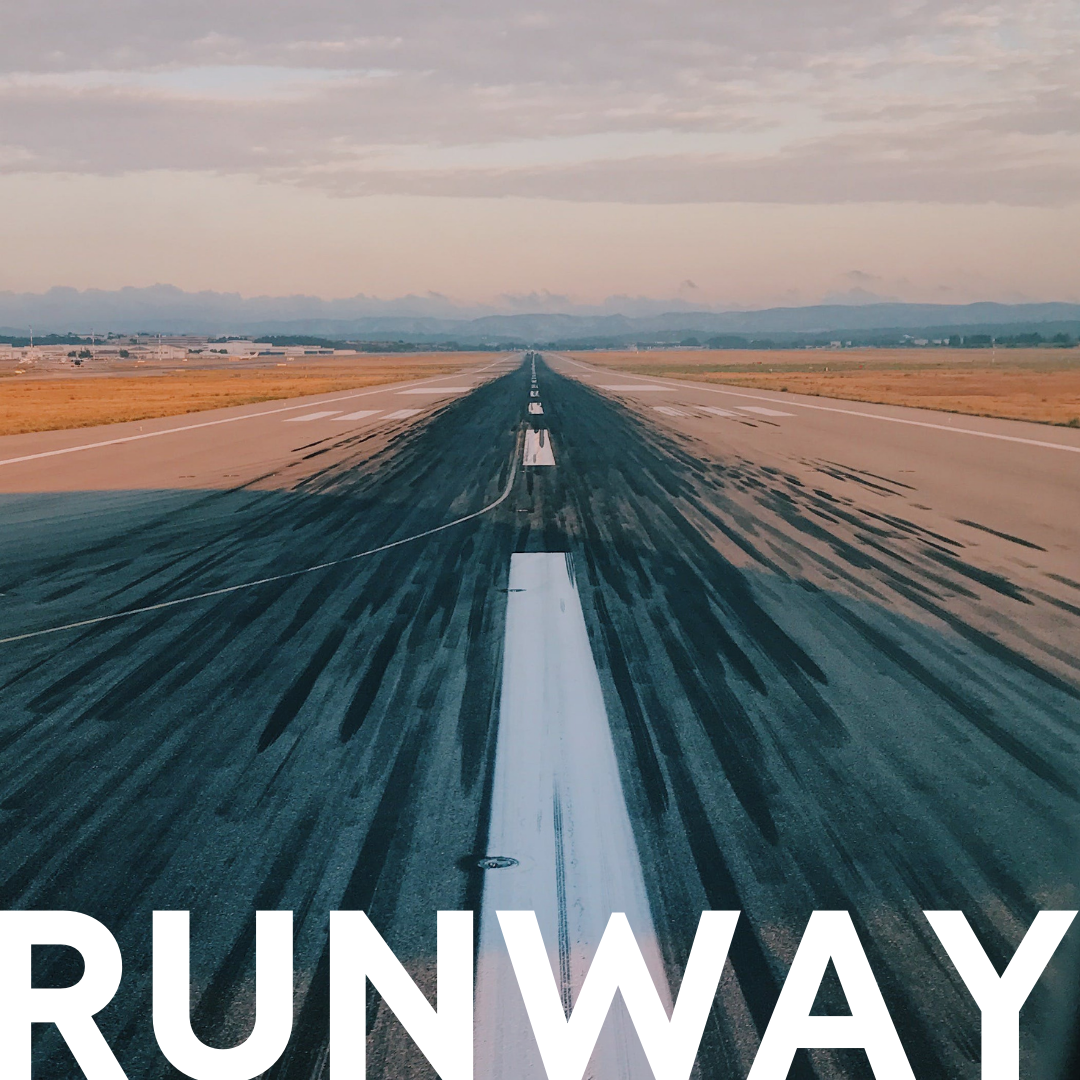
Runway
Bill Gates says we typically overestimate the technological advancements that can occur in a single year, but vastly underestimate the advancements that can happen in five.
When I was in middle school, we were given an assignment to describe The City of the Future. We were to write an essay, draw a picture of it, then present our predictions to the class. Mine envisioned upward spiraling glass buildings, vacuum tube skyways, moving sidewalks, and at the center of the picture, a super-sonic passenger plane landing safely, gently, in the city's plaza like a helicopter.
The idea of a VTOL, a Vertical Take Off and Landing airplane, has been around awhile. Nikolas Tesla's final patent in 1928 was for a ?novel method of transporting bodies through the air,? a craft with a propeller that enabled it to rise vertically then tilt and extend its wings to soar like a plane. The military, then NASA, in conjunction with Bell, Lockheed and others, have developed fixed-wing VTOL concepts as well, but none of them have really ?taken off? to be adopted for viable commercial use. However, recently a UK-based industrial designer named Tom Abbot-Davies developed plans for a single passenger electric aircraft small enough to take off and land on urban roof pads or suburban driveways. When he examined the design, Elon Musk tweeted, ?Looks pretty cool.? Even so, don't expect one next year. But who knows, maybe in five.
For the time being though, conventional airplanes require some runway. Likewise, the good ideas visionaries like Gates and Musk come up with also need some runway to get off the ground. They require deep thinking, considerable planning, expert engineering, and real momentum before taking flight.
As we move into Advent in this most unusual year, perhaps take these first couple of weeks of December to consider, design, and draw out what you want to experience in the next month. I suggest this not to encourage a lack of presence in the current moment, but rather to presently attend what you?re preparing for, that being the best idea ever - God's love coming to us in the form of a child.
This week in particular, inhabit the concept of Hope. Perhaps let this most poetic of divine notions be advanced in poetry itself. Collette Bryce wrote this poem about the appearance of construction cranes going up over her city in a way that signaled hope for the future. She finds something remarkably sacred rising from the mundane.
The poem is called The Hopes.
They extend above the houses
like mechanical giraffes.
Dignified,
they are there for a reason.
Cables hang
from their heads like harnesses.
Behind them, the sky is unusually
blue and clear
for a month so late
in the year. Don't give up.
Or this - a brief excerpt from the poem, The Psalmist, by Lachlan Mackinnon which addresses the worship of God and heralds the idea of Advent.
Where there is music
let each voice praise you,
clashing cymbals
unleash their roaring
whisper, the strings sing
at one with braided voices
of boys and girls?
?what you have promised,
that you will move among us
to bind each wound,
that all things shall be made good.
Consider now the anatomy of hope. What does it look like? What does it feel like? Hold it. Raise it up. Lift it to the sky. Taste it. Where does it manifest now in you? Your head, your chest, your feet? Run with it. What will it take to reach escape velocity? Where will it then lead you?
Another poet, Emily Dickinson, wrote of hope: it is the thing with feathers. She implies hope has wings. Extend them and give yourself some runway.
God of Hope ? Elevate my soul this first week of Advent with wings to generate an upward force, a lift that overcomes the weight of this year and holds me in the deep blue winter sky. Amen.
?Greg Funderburk





